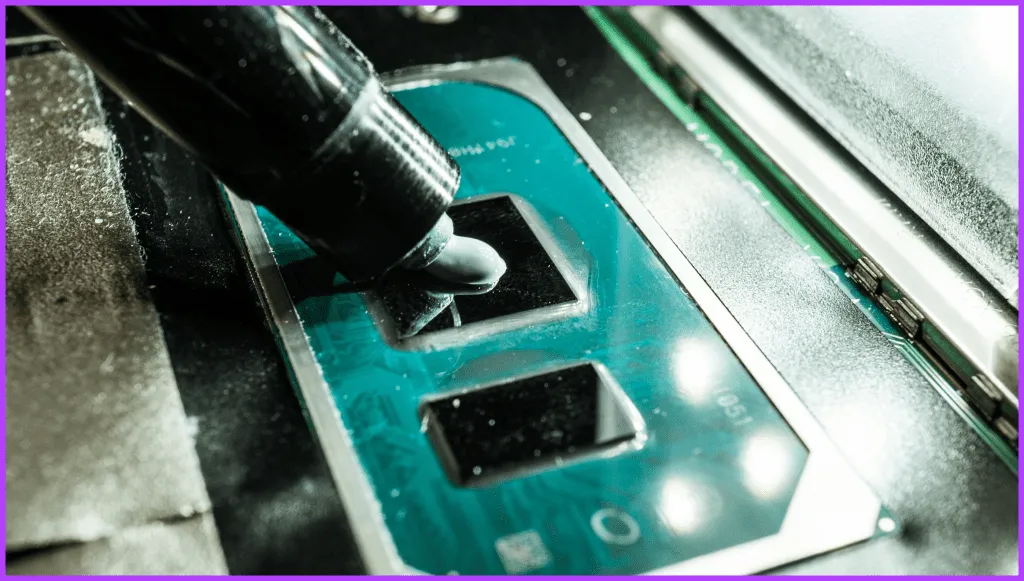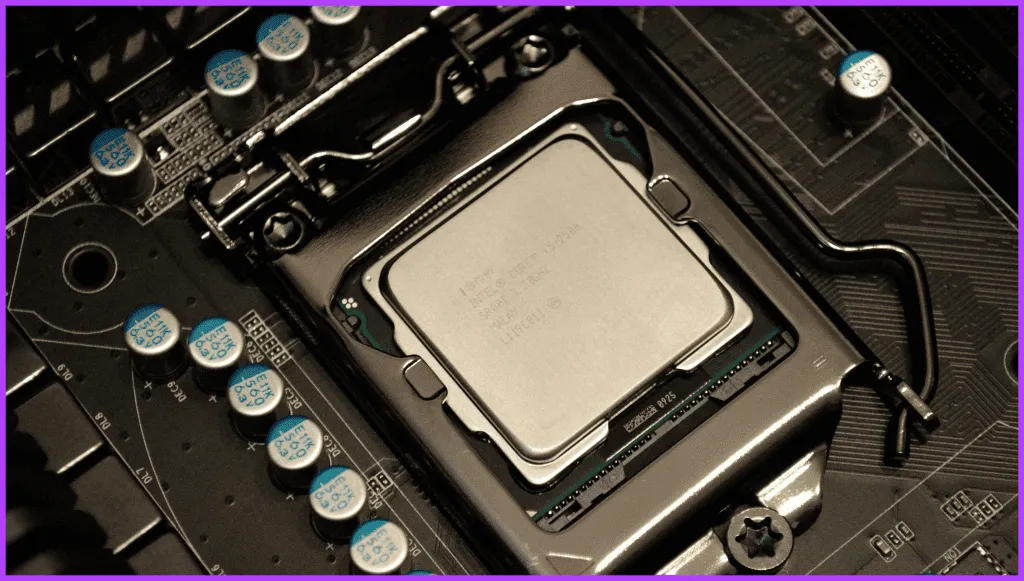5 Sustainable Methods to Boost Performance of Your Old PC
1. Clean and Reapply Thermal Paste
Regardless of whether you opted for a pre-built PC or assembled your own setup, over time, the thermal paste between your SoC and heat sink may dry out, diminishing heat transfer efficiency. You might wonder why this is a concern.
The answer lies in two key issues: first, the temperature of your processor can rise; second, this temperature spike may result in thermal throttling, thereby diminishing performance. Consequently, removing the old thermal paste and applying a fresh layer can significantly boost your PC’s efficiency.

Important Considerations When Reapplying Thermal Paste
- Typically, thermal paste needs to be replaced every 3-5 years; if it hasn’t been that long, hold off on reapplying.
- If you’re unsure about doing it yourself, seek assistance from a reputable repair shop or check with the manufacturer for options.
- Thoroughly remove the old thermal paste before putting on new paste. Use a soft cloth and isopropyl alcohol rather than metal tools for safety.
- Remember, using more thermal paste doesn’t improve performance. A pea-sized amount arranged in a cross or X pattern is sufficient.
2. Ensure Adequate Airflow by Cleaning Fans and Case
It’s crucial to maintain a clean, dust-free PC to promote airflow, which helps keep temperatures low and thermal efficiency high. Regularly cleaning your case fans and preventing dust accumulation can lead to immediate performance enhancements.
Steps to Optimize Your PC’s Performance
- Purchase a can of compressed air to clean hard-to-reach areas inside your PC.
- Avoid using a cloth to dust your computer, as this could damage delicate components.
- Whenever possible, detach the fans from the case or laptop chassis to properly eliminate dust buildup, preventing it from affecting your motherboard and other components.
- Unplug your PC before beginning the cleaning process to ensure safety.
3. Upgrade to an SSD If Currently Using an HDD
If your PC is older, it may still be using a traditional hard drive, which is far less efficient compared to modern standards, especially if your operating system is installed on it.
Transitioning to an SSD can rejuvenate your PC’s performance and may save you from needing a new machine, reducing the environmental impact of e-waste.
Key Factors to Consider Before Purchasing a New Drive
- Check if your computer has a slot for an M.2 drive; if not, you’ll need to opt for a 2.5-inch SSD.
- Choose an SSD with enough capacity to store your operating system and other necessary files; at least a 512GB capacity is advisable.
- Many laptops, particularly Apple products, may have SSDs soldered directly to the motherboard, which means they cannot be upgraded.
- Ensure you transfer your operating system to the new SSD once it’s properly installed.
4. Consider Upgrading to a Superior Chipset Within the Same Socket Type
While the thought of purchasing a new computer can be enticing, it often makes more sense to upgrade to a more powerful chipset that fits your current motherboard socket. This approach minimizes costs and reduces e-waste.
For instance, you might upgrade from an Intel Core i5 12400F to a Core i7 12700K while using the LGA1700 socket with Intel 600 series desktop chipsets.

Essential Tips for Upgrading
- Upgrading to a faster processor usually entails a higher Thermal Design Power (TDP), meaning your existing Power Supply Unit (PSU) may not be adequate. Assess energy and cooling needs prior to upgrading.
- Investigate potential bottlenecks as some processor upgrades might not yield substantial performance improvements, especially for tasks heavily reliant on the GPU.
- For those who’s new to the upgrade process, disassemble your setup carefully to avoid damaging components while handling the SoC.
5. Reinstall Windows for a Clean Slate
Over time, unnecessary files and applications can accumulate, slowing your system down significantly; even simple tasks like copy-pasting files or playing games can become frustrating. Sometimes, performing a quick reset of Windows can alleviate these issues.
Key Considerations Before Resetting Your PC
- Always back up your data to protect important files before initiating a reset.
- Prepare a bootable Windows USB flash drive in advance.
- To install a 64-bit version of Windows, ensure that your processor and motherboard support 64-bit architecture (x64).
- Verify that you possess a valid and activated Windows license to prevent complications during and after the reset process.
- After reinstalling Windows, don’t forget to install necessary drivers and essential software.
Image credits: Guidingtech.com